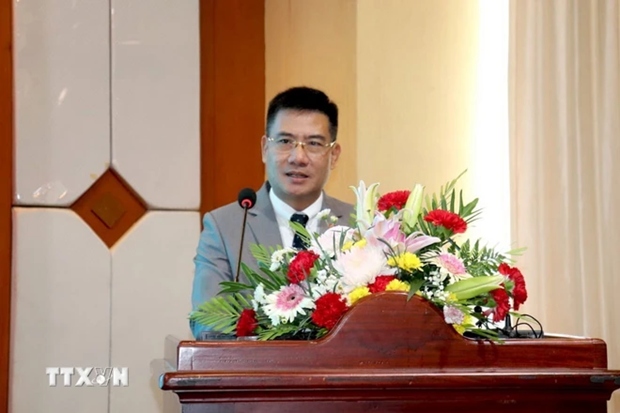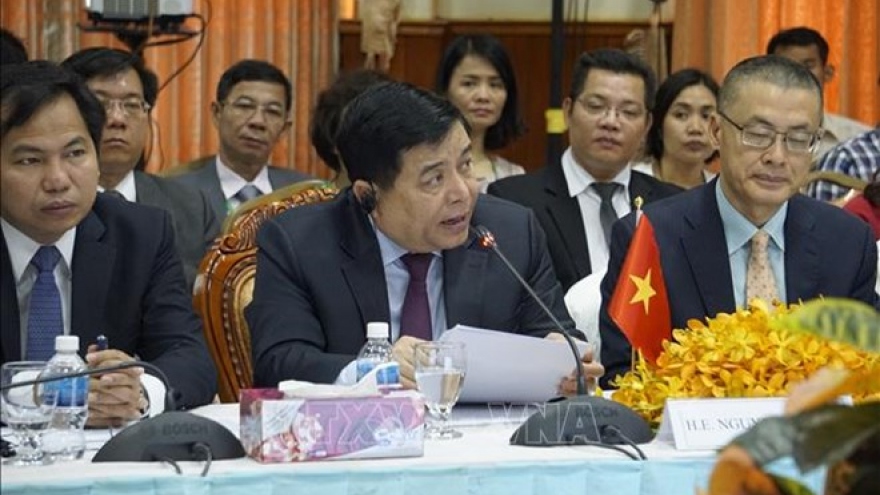Vietnam places importance on East - West Economic Corridor and CLV Development Triangle
VOV.VN - Vietnam always attaches great importance to the role of the East - West Economic Corridor (EWEC) and the Cambodia-Laos-Vietnam (CLV) Development Triangle Area, prioritising the allocation of resources to promote co-operation in the area,

Nguyen Van Trung, Vietnamese Consul General in Pakse in Champasak province of Laos was speaking this on April 10 at a trade, investment, and tourism promotion forum held in the Lao locality.
Trung noted that over the years, Vietnam, Laos, Cambodia, and Thailand have all conducted many joint co-operation programmes to boost the development of the EWEC and the CLV.
Furthermore, Vietnamese localities have actively invested in infrastructure facilities as part of efforts to strengthen transport, seaport, and logistics connectivity with their peers in Laos, Cambodia, and Thailand. This is being done while fostering trade, investment, and tourism links with these countries, Trung said at the event, which gathered together leaders and businesses of 18 localities from the four countries.
At the forum, representatives of localities of the four countries highlighted their potential and strength in trade, investment, and tourism. This will enable them to build plans to implement co-operation content to suit the demands and strengths of each locality, thus further contributing to promoting the development of the EWEC and the CLV.
Initiated in 1998, the EWEC is an economic development co-operation programme in the Mekong Sub-Region with a 1,450 km long road starting from Mawlamyine in Myanmar and ending in Da Nang in Vietnam, connecting Myanmar and Vietnam via Thailand and Laos.
The initiative is designed to strengthen economic ties, promote trade, boost investment, and achieve greater development among member countries, while also reducing transportation costs, facilitating goods traffic, and supporting the growth of localities on the route.
Meanwhile, the CLV was established in 1999 with the purpose of implementing collaboration programmes in the border areas of the three countries across many fields such as traffic, telecommunications, energy, investment, trade, agriculture, tourism, health care, culture, and education as a means of contributing to promoting socio-economic development, reducing poverty, and enhancing connectivity in the area.

